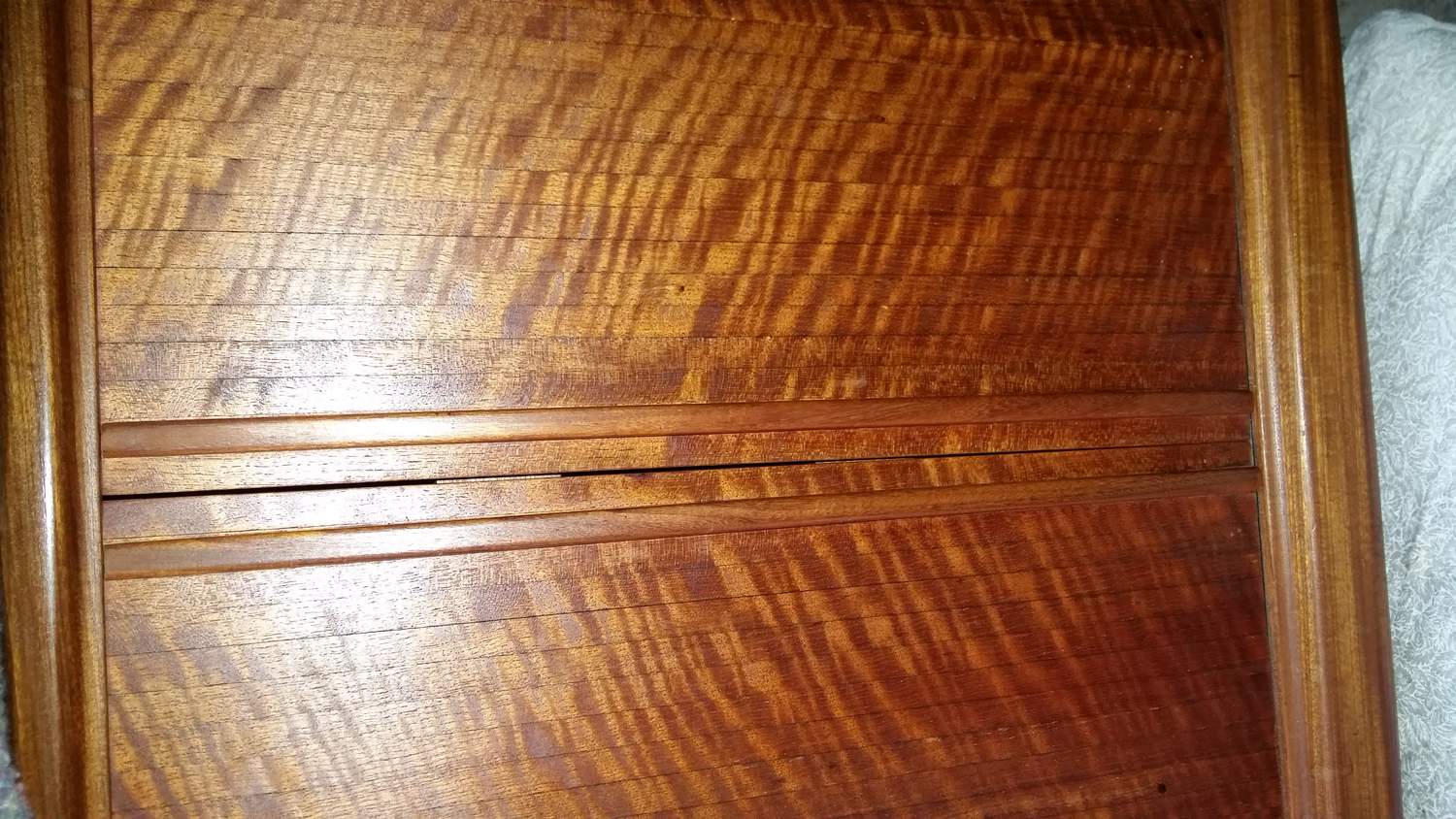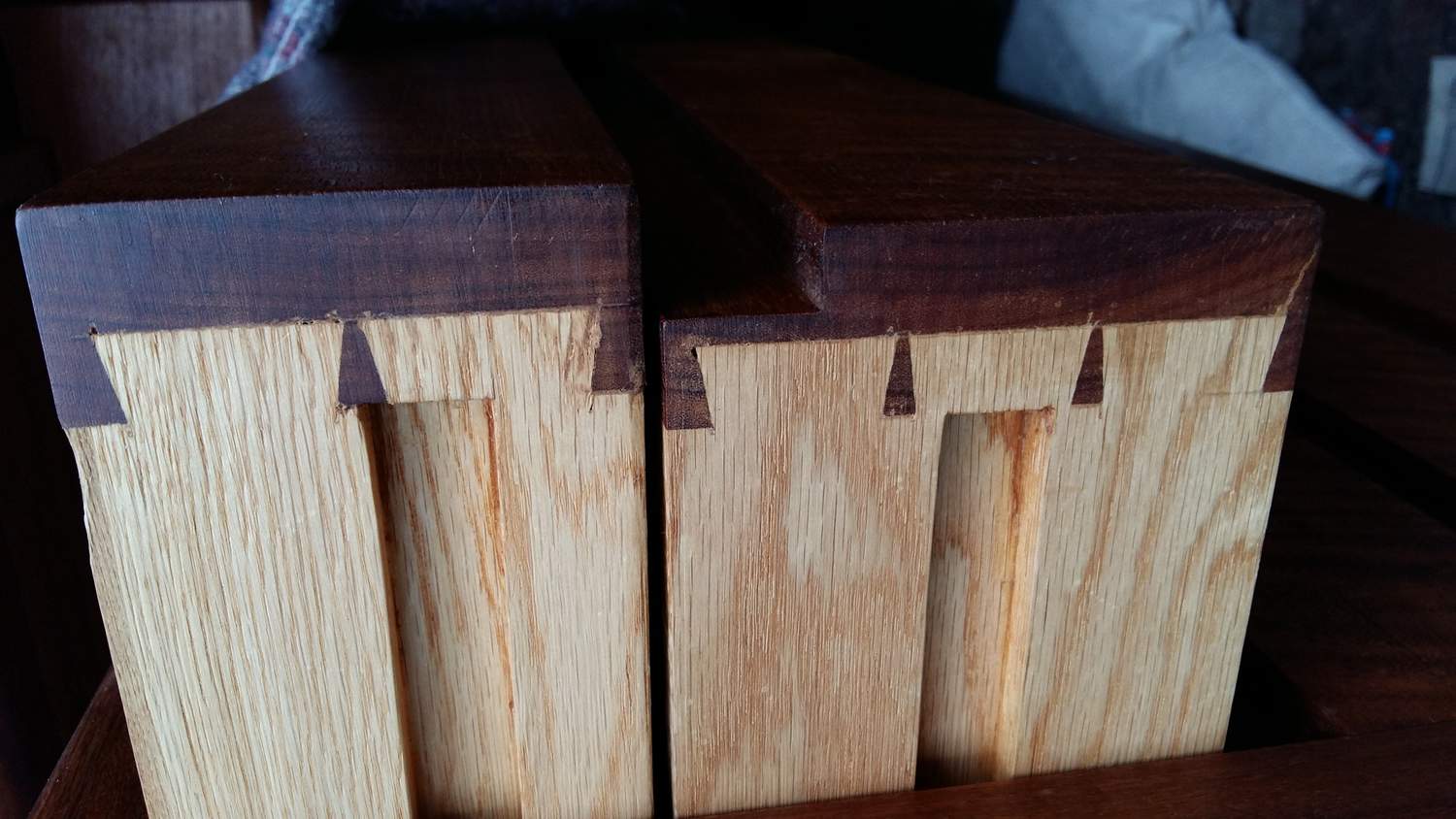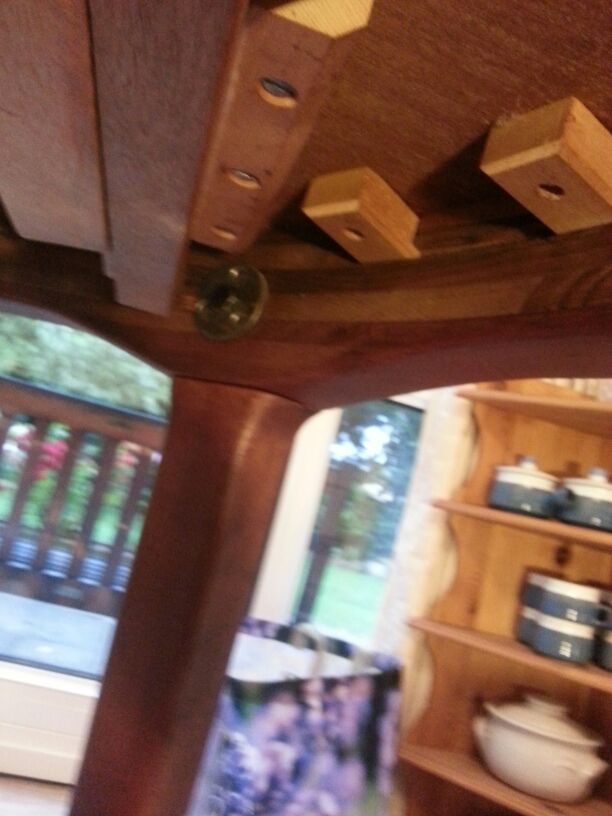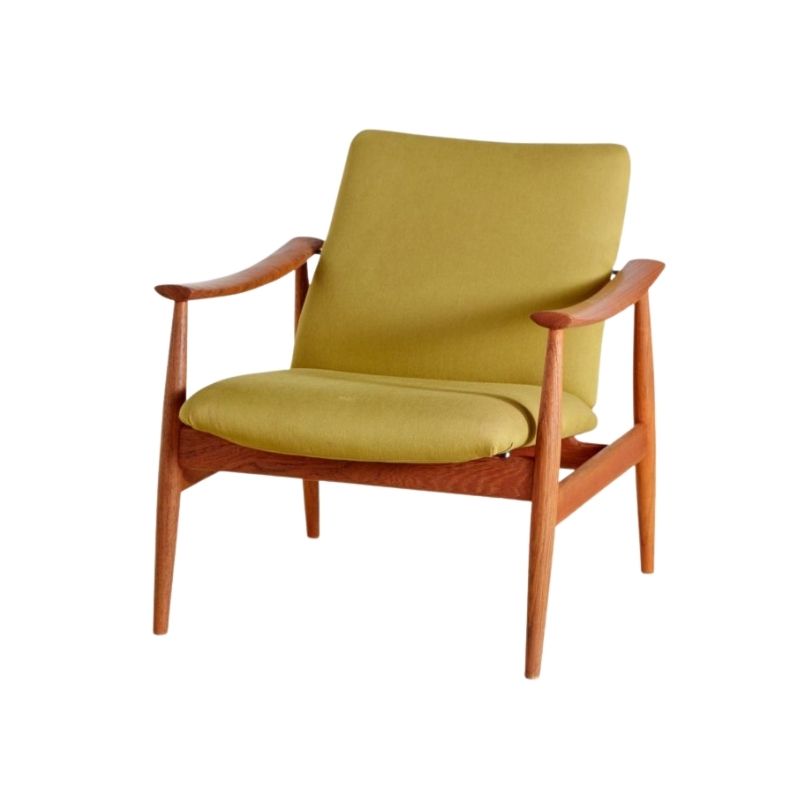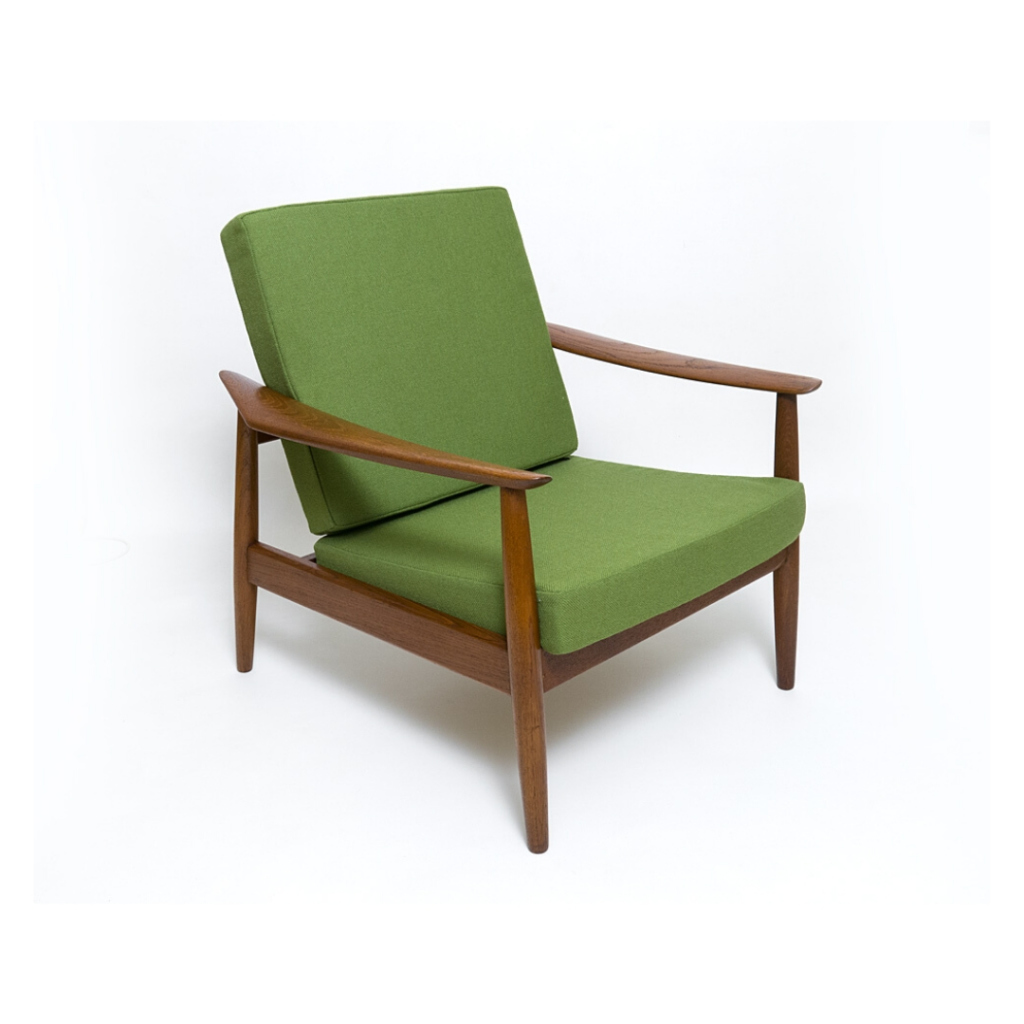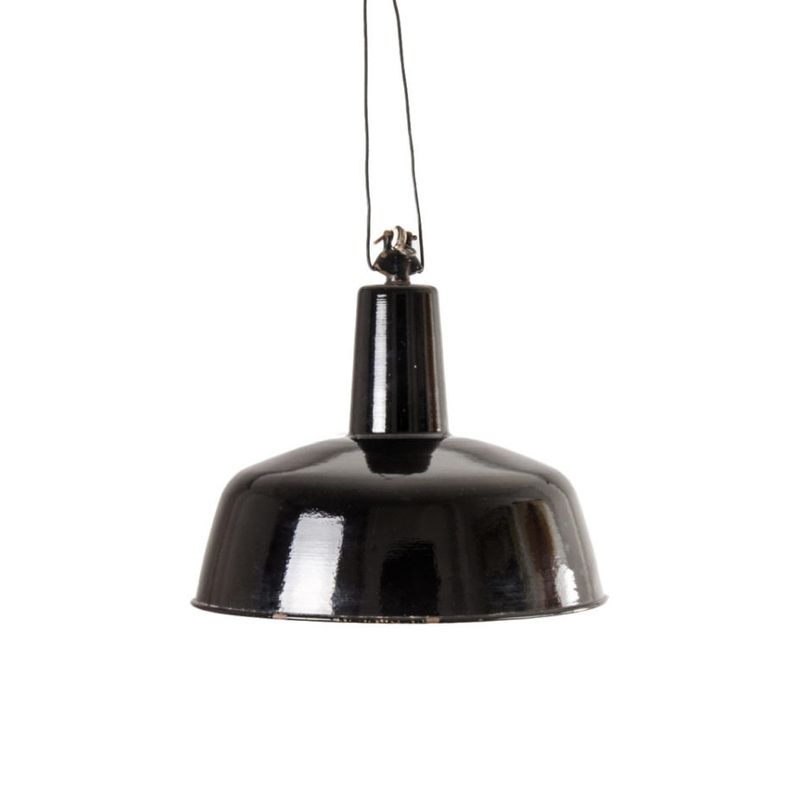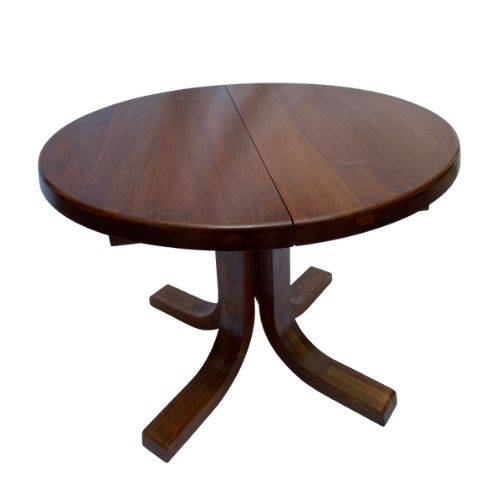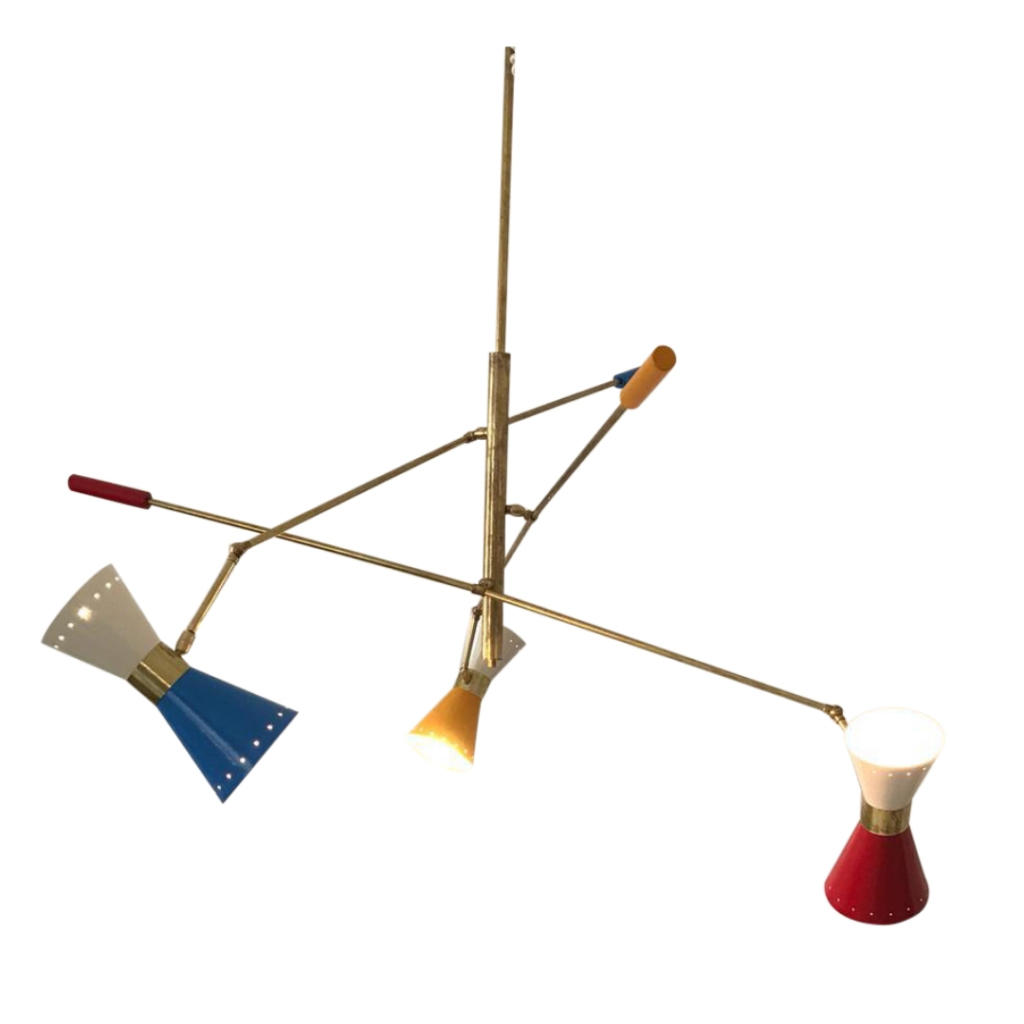This is quite an interesting piece. I've never before seen a piece intentionally executed in all curly teak. And I am glad you took a photo of the drawer sides, as they are quite unusual. The drawer fronts appear to be solid teak, or more probably, the same curly teak veneer over teak, and the dovetails look very likely hand cut. Also, the stopped dado drawer slide appears to have a hand chisel squared end. All very unique characteristics.
I don't think this is a Bernhard Pedersen and Søn, but the face frame around the tambour looks a lot like BPS....
I am now beginning to question whether this is actually teak. Looking at the sides of the drawers, it appears the end grain is not teak, but rather more like Afrormosia. There is curly Afrormosia, but I am surprised that it would be this light after 50 years. Was it kept in very low light for most of it's life? (Alternatively it might be Bubinga, which is pretty closely related to Afrormosia, and known for its curliness, but not known to have been used in Scandinavia...)
Also the internal drawer's front looks like it is not teak.
Can I ask for sharp, well lit photos of the side grain and end grain?
The drawer sides are definitely oak (white oak) as you said.
The blue velvet? inside the drawer is unusual. It is almost always green felt. I've only ever seen blue felt in a Swedish piece (Bodafors?)
The tambour appear to have saw kerfs missing between each slat. Usually in Scandinavian tambour we see either the invisible tambour which is split (perhaps with a guillotine?) or contoured tambour that is not meant to present a seamless appearance. I would say that this also suggests a one-off/very low volume piece.
That would be quite surprising. Please post photos here, too. I am curious.
I say it would be surprising for a couple of reasons:
1. because Sorø was a chair factory (stolefabrik). The company did make some tables, but I don't think I've ever heard of a case piece. I wouldn't expect factory tooling and expertise to cross over. (On the other hand, perhaps that explains the hand cut dovetails on the drawers and the saw cut tambour).
2. because Sorø was a factory. Even the smallest Scandinavian cabinetmakers generally produced piece that show no evidence of "hand made," and Sorø called itself a factory.
It is a good thing you are in contact with the original owners, because otherwise I would guess that it will take a long time and a lot of work to figure out who made/designed this sideboard. It has many very unique, readily identifiable characteristics, so with enough time looking, you might find another piece with the maker's "signature" in the workmanship. This would not be a easy or fast.
And while any information from the original owners is an excellent lead, the burden of belief is higher than that, considering the many aspects that do not fit.
I think this sideboard was made by the same maker:
http://www.designaddict.com/forum/Identification/Sideboard-Heals-era-196...
The hand cut dovetails are the same. The solid afrormosia drawer fronts. Rabbet shaped drawer pull. Oaks drawer boxes.
If you need any help, please contact us at – info@designaddict.com


 <img class="wpforo-de
<img class="wpforo-de
